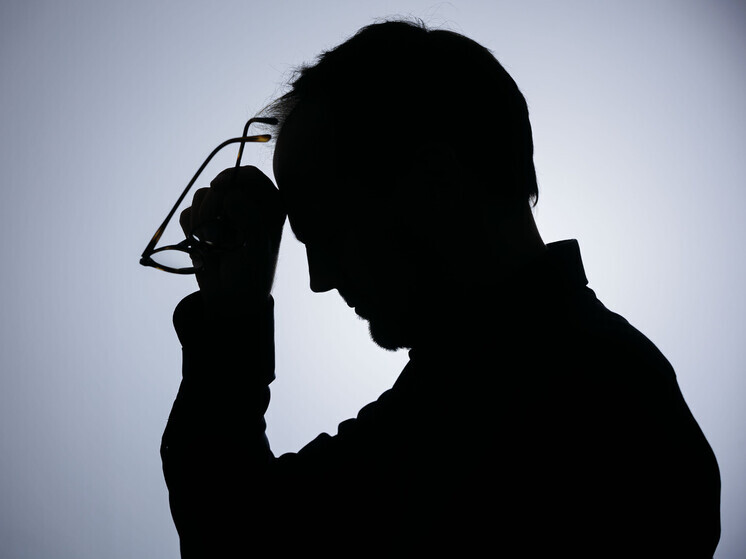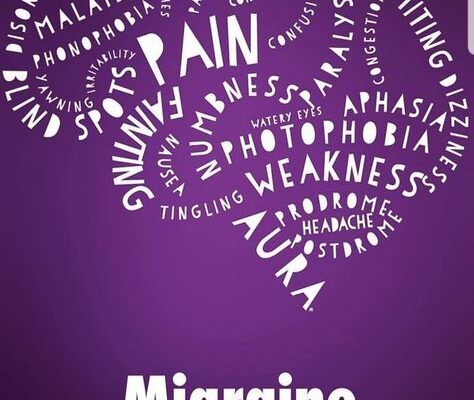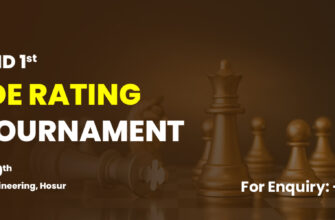Imagine this: The grueling work week is finally over. You`ve powered through deadlines, navigated countless meetings, and perhaps even endured a particularly enthusiastic office potluck. All you crave is a peaceful weekend, a chance for your mind and body to unwind. But just as you sink into that blissful state of relaxation, a familiar, unwelcome guest arrives – a throbbing, debilitating headache, often escalating into a full-blown migraine. Welcome to the perplexing world of the “weekend migraine,” a phenomenon that frustrates millions globally and has scientists scratching their heads – or perhaps, more accurately, examining the intricate workings of the brain.

- More Than Just a Headache: The Global Burden of Migraine
- The Weekend Warfare: When Your Body Punishes You for Relaxing
- Beyond the Calendar: A Symphony of Triggers
- The Enigmatic Aura: Pre-Pain Phenomena
- The Silent Sufferers: Migraine in Childhood
- Chronic Migraine: A Life Sentence of Pain
- Seeking Clarity and Relief
More Than Just a Headache: The Global Burden of Migraine
Before we delve into the weekend paradox, let`s be clear: migraine is no ordinary headache. The World Health Organization (WHO) ranks it among the top six causes of disability worldwide, rubbing shoulders with conditions like cardiovascular disease. In some regions, its prevalence is alarmingly high; recent data from Russia, for instance, indicates that a staggering 20.8% of the working-age population – approximately 30 million people – contend with this neurological beast. This isn`t merely an inconvenience; it`s a profound impact on productivity, quality of life, and overall well-being.
Migraine attacks are characterized by recurrent, severe headaches, often one-sided, lasting anywhere from 4 to 72 hours in adults. Children and adolescents can experience shorter, but no less intense, episodes. Accompanying symptoms frequently include heightened sensitivity to light (photophobia) and sound (phonophobia), and debilitating nausea. Women are disproportionately affected, and worryingly, neurologists are reporting an increasing incidence among children and teenagers.
For years, migraine was mistakenly dismissed as a purely vascular issue. Today, the scientific consensus is firmer: it`s a complex neurological disorder, rooted in brain dysfunction, a far cry from a simple “tension headache” or “vegetative-vascular dystonia,” as some outdated perspectives still suggest.
The Weekend Warfare: When Your Body Punishes You for Relaxing
The “weekend migraine” is a particularly cruel twist of fate. You spend five days pushing your limits, and then, just as you ease into Saturday morning, your brain decides it`s time for a fireworks display of pain. Perm Polytechnic`s Dr. Valery Litvinov sheds light on this peculiar phenomenon, explaining it as a form of somatization. He suggests that the intense, unreleased psycho-emotional tension accumulated throughout the work week finds an unexpected avenue for expression when the body finally lets down its guard.
“When the weekend arrives,” Dr. Litvinov explains, “the accumulated, unrealized tension throughout the week finds an outlet through somatization — transforming an excess of emotions into physical symptoms.”
It`s as if your brain, accustomed to high alert, doesn`t quite know what to do with the sudden lull, defaulting to a stress response even in the absence of external stressors. A rather ironic reward for a week of diligent effort, wouldn`t you agree?
Beyond the Calendar: A Symphony of Triggers
While the weekend offers a prime example of relaxation-induced migraine, numerous other triggers can set off an attack. These can be broadly categorized and are often highly individual:
- Environmental Factors: Changes in weather patterns, humidity, extreme heat or cold, direct sunlight, and even stuffy environments can act as potent catalysts.
- Sensory Overload: Bright, flashing lights, loud noises, and strong, pungent odors are common culprits, overwhelming the hypersensitive migraine brain.
- Lifestyle Habits: Insufficient sleep (or ironically, sometimes too much sleep on a weekend!), high-stress levels, and irregular meal times are frequent triggers.
- Dietary Culprits: Certain foods and beverages, such as red wine, aged cheeses, and processed meats, are notorious for provoking attacks in susceptible individuals.
Understanding one`s specific triggers is a critical step in managing migraine, often requiring meticulous tracking and keen self-awareness.
The Enigmatic Aura: Pre-Pain Phenomena
For roughly one-third of migraine sufferers, the headache is preceded by an “aura” – a series of transient neurological symptoms. While commonly associated with visual disturbances like shimmering lights or blind spots (think of a flickering television screen in your peripheral vision), auras can manifest in remarkably diverse and sometimes bizarre ways. Neurologists have documented:
- Auditory Hallucinations: Patients reporting hearing entire musical compositions or distinct sounds.
- Tactile Illusions: Sensations of body parts changing in size or shape, or a feeling of tingling and numbness in specific areas.
- Gustatory Peculiarities: Experiencing a metallic taste in the mouth.
- Speech Disturbances: Difficulty forming words or understanding language.
- Motor Weakness: In rare cases, temporary paralysis of a limb.
The fascinating aspect is the consistency: an individual`s aura typically presents in the same manner each time, offering a strange, albeit unpleasant, predictability to the onset of pain.
The Silent Sufferers: Migraine in Childhood
Perhaps one of the most troubling aspects highlighted by experts is the rising incidence and underdiagnosis of migraine in children. Dr. Yuri Nesterovsky notes that migraine affects 10-15% of children, soaring to 23% in adolescents. The challenge lies in the young age of some sufferers; children under 5-7 often struggle to articulate their pain, leading to misdiagnosis or dismissal. Childhood migraine can even “masquerade” as digestive upsets or recurrent vomiting.
The long-term implications are severe. Children who endure chronic headaches without proper intervention are at risk of developing cognitive impairments and, cruelly, can internalize their condition, leading to self-stigmatization and feelings of helplessness. Early diagnosis and management are paramount to prevent the progression of the disease and mitigate its devastating impact on a child`s development and mental health. The call for specialized “headache clinics” for children, mirroring adult facilities, underscores the urgency of this issue.
Chronic Migraine: A Life Sentence of Pain
For some, migraine isn`t an occasional torment but a relentless daily battle. Chronic migraine is defined as experiencing headaches for more than half the days in a month. This severe form affects a significant portion of sufferers – 7% in Russia alone – and its impact is profound. Experts liken its debilitating effects to conditions such as psychosis, dementia, or even complete immobility. It`s a constant, insidious presence that can dismantle careers, relationships, and any semblance of normal life.
The development of chronic migraine is believed to be a complex interplay of genetic predisposition and an individual`s stress response mechanisms, often shaped by early childhood experiences. These individuals exhibit impaired adaptation to stressors, meaning their psycho-emotional tension rapidly peaks without adequate coping mechanisms.
Seeking Clarity and Relief
The journey with migraine, especially the infamous “weekend migraine,” is often one of frustration and misunderstanding. But as scientific understanding evolves, so too do the avenues for diagnosis and treatment. Recognizing migraine as a serious neurological disorder, rather than a mere annoyance, is the first critical step.
For those who find their weekends consistently hijacked by throbbing pain, or for parents observing unusual symptoms in their children, seeking professional medical advice is not just recommended, but essential. Specialized neurologists and headache clinics are equipped to offer accurate diagnosis, personalized management plans, and the latest treatments, transforming the lives of sufferers. It`s time to reclaim those precious moments of relaxation, not as a trigger for pain, but as the well-deserved respite they were always meant to be.







